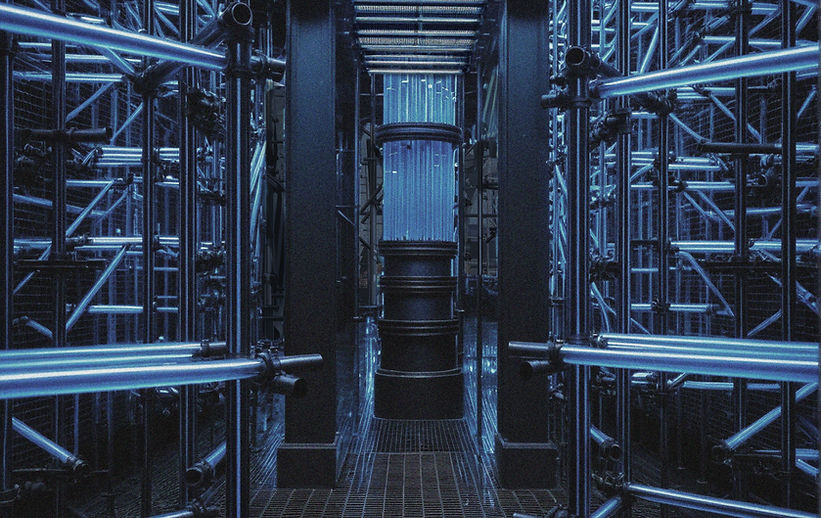The Black Firefly
Orrery

2085 Narrative
It’s 2085. AI, once trusted to predict celestial events, forecasted Earth’s next eclipse in 2496—but it came early and never ended. The moon locked in place, casting Earth into eternal darkness. Ecosystems collapsed, temperatures fell, and humanity, disillusioned, turned away from technology. In the shadows, one question rose: what glows when the sun does not? The answer: Fireflies. Thus began the Black Firefly Project, a sanctuary in the ruins of Papplewick Pumping Station. Firefly farms shimmer above; below, their light is harvested and channeled through cocoon-like structures. Here, bioluminescence becomes ritual—a fragile, living light in a stalled world.
Spatial Concept
From this revelation came The Black Firefly Project—a sanctuary for emotional and practical reconnection with light. In the ruins of Papplewick Pumping Station, firefly farms thrive above ground. Their glow is harvested and funneled through underground channels into Papplewick, where light flows through glass tubes woven into scaffolds and cocoon-like forms. Papplewick is now more than a structure; it’s a ritual site and countercultural haven where light is felt as much as seen. At its core is a personal act: decanting bioluminescent liquid into a small vessel. Visitors leave with their own light—an ember of hope in a sunless world.










